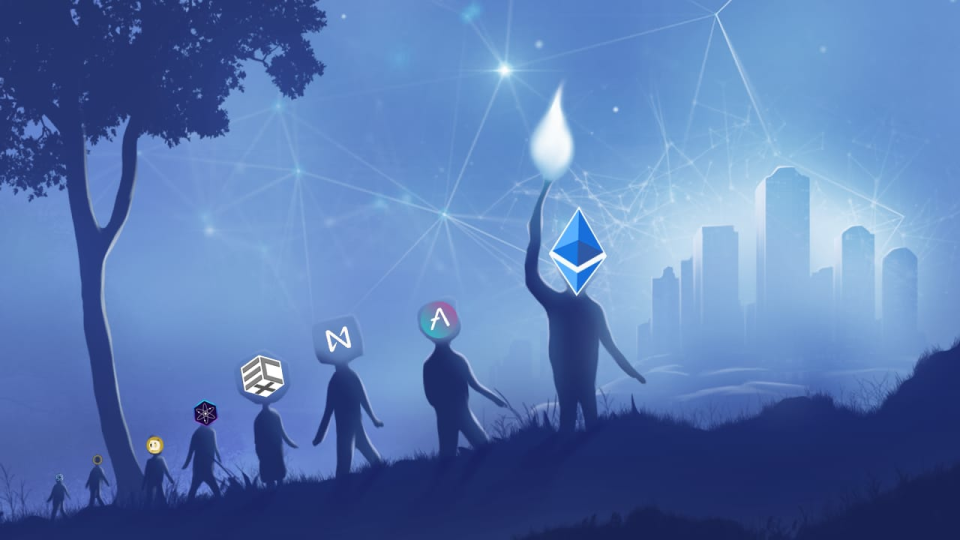Extrachain Announces Classic Proof-of-Work Alternative and Provides Infrastructure for Distributed Apps, Blockchains, and DAO Platforms

DUBAI, UAE / ACCESSWIRE / September 25, 2022 / As Ethereum makes one of the biggest changes towards its vision of a more energy-efficient and secure Ethereum 2.0 with The Merge in September 2022, companies that Extra chain which uses Ethereum’s success story as a development model, uses this opportunity to show alternatives to classic Proof-of-Work and contributes greatly to the crypto revolution that will be the talk of the next century.

Simply put, “Ethereum Merge” denotes the exact moment when Ethereum officially moved from the Proof-of-Work (PoW) authentication system to the Proof-of-Stake (PoS) authentication mechanism. This protocol transfers transaction verification power from miners to “validators”, which are network users chosen at random. These participants will retain some cryptocurrency for their position as validators that they cannot use right away. These members choose the blocks they believe to be authentic and stake their cryptos as collateral against them instead of completing a challenging math problem.
Without the use of advanced hardware and having very few computers operating at the time of validation, PoS makes the whole process much faster and much more energy efficient (almost 99.95% less energy use, as estimated by Ethereum). This will also allow more participants to become validators and thus be directly involved in securing the platform they use, along with making the entire system much more resilient to blockchain attacks such as the 51% attack.
Extra chain (ExC) is an infrastructure provider for distributed apps, blockchains and DAO platforms. It is a lightweight blockchain architecture with decentralized storage “ExDFS” that enables the development of high-load decentralized apps (dApps) for both mobile and desktop devices (such as smartphones, microcomputers, etc.), and Internet of Things (IoT) devices. The ExtraChain DAO framework relies on the distributed file system (ExDFS) for shared data storage. The Historical Chain, a data structure that records all modifications made to a particular file, including additions and deletions, is one of the key components of ExDFS.
The technology and tools of ExtraChain can be used to build truly decentralized apps – not only decentralized logic via smart contracts, but also decentralized app data via decentralized file system, secured by blockchain and protected by high-quality encryption technologies. The company defines Proof-of-Data consensus where data storage and use define the roles and value of nodes in the network – in a nutshell, it’s “Data Mining”. A member of the network uses data, stores it or processes it – all actions affect ExtraChain and trigger decentralized reward mechanisms. Cross-chain bridges, embedded full versions of the ExtraChain client, provide relatively easy access for very powerful smart contract systems and decentralized file storage.
The new Proof-of-Stake switch from Ethereum Merge showed the need for change for everyone in the crypto industry, but ExtraChain anticipated it and pushed forward by combining lightweight blockchain with their decentralized file system to create much faster dApps with minimal storage and computing pressure on the network . And only through constant changes is development of crypto possible – giants show the way, and their followers justify the changes.
Media contact:
Name: Yuriy Snigur
Website: https://extrachain.io/
Email: [email protected]
Twitter:https://twitter.com/extrachain?t=Pu2uGSIXe77OD3Cx2k_2XA&s=09
LinkedIn: https://www.linkedin.com/company/extrachain-foundation/
SOURCE: Extra chain
See the source version at accesswire.com:

























